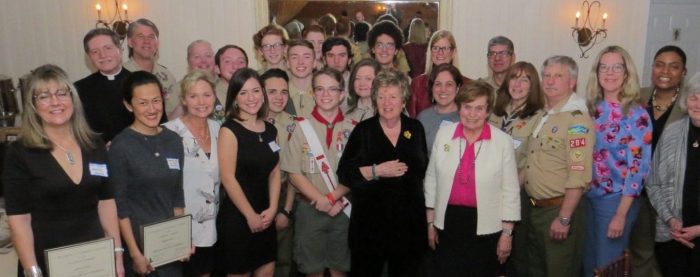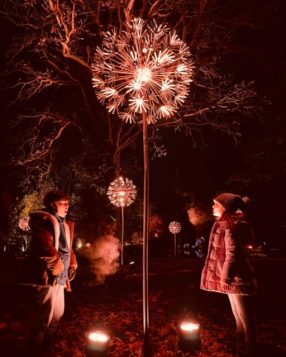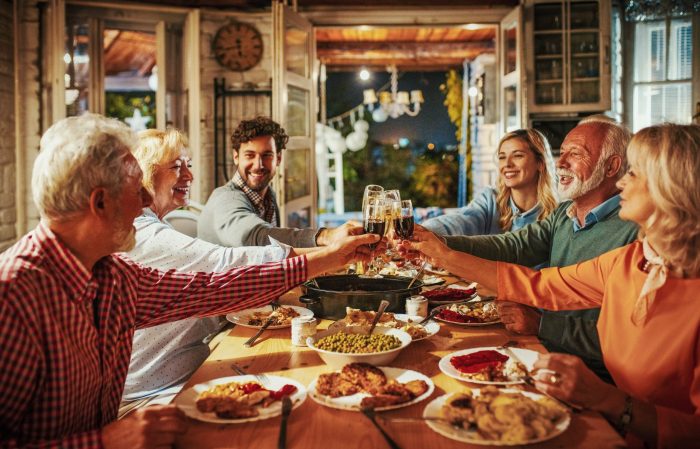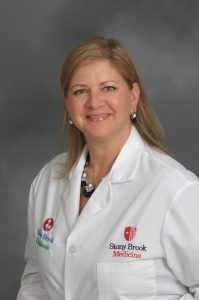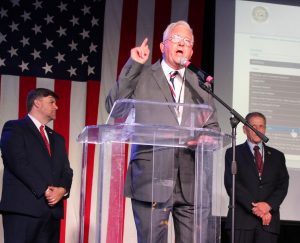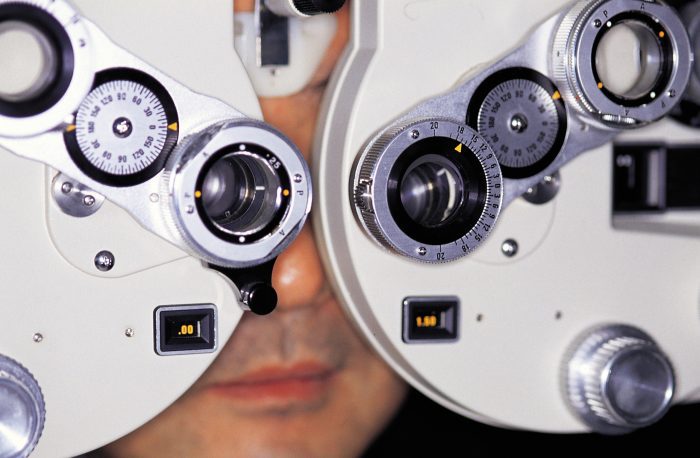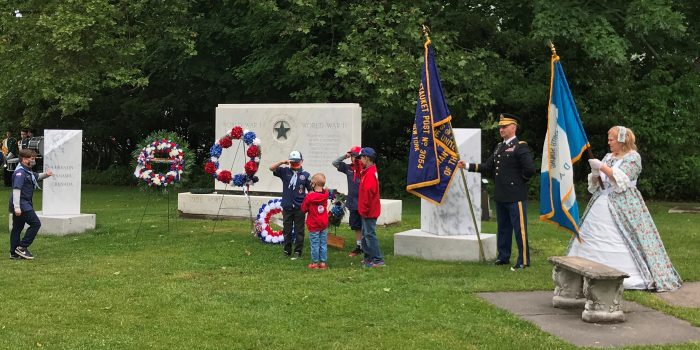By Leah S. Dunaief

Thanksgiving is almost here, and many of us are bustling about, packing for a distant visit with loved ones or making sure the house is in good shape to receive those traveling to us. For most Americans, it is our favorite holiday, defined by turkey and the trimmings. What could be bad about an eating holiday? The only skunk at the party is abandoned overeating, and most of us, wise from unfortunate past experience, try to avoid that.
The other thing that makes Thanksgiving special is the conscious awareness, again by most of us, of how much we have to be grateful for, including the community in which we live. It takes exceptional people to make a strong community, some of them leaders of organizations, others simply caring neighbors who go out of their way to help when help is needed.
In recognition of the many who enhance the quality of our lives, we publish a Thank You edition of the newspaper and website on the Thursday between Christmas and New Year’s. We call that issue, “People of the Year,” and we solicit suggestions for profiles from our staff, community leaders and especially from readers.
We have been doing this for 47 years, since we started publishing, and we still haven’t run out of winners. In fact, the more we meet, the larger the circle grows. [Confession in the spirit of full disclosure: I used to worry that we would indeed run out of nominees.] Sometimes we get lots of suggestions for the same person. We’ve even had readers bring in petitions with many signatures to help us choose whom to profile.
Ultimately the TBR Editorial Board makes the final decisions, so if you disagree with any of the choices, blame us.
When we published only one newspaper, selection was fairly easy. As our editions grew, we produced a different slate for each. Recently, however, we have realized that what happens in Stony Brook can also affect Northport and vice versa, so we now publish a master list of sorts honoring those who have gone the extra mile on behalf of our communities. And by so doing, we have eased the strain on our COVID-reduced staff.
The purpose of the profiles, in addition to offering these terrific people our thanks, is also to give them a spotlight to help them with their work, which is usually ongoing. With that goal in mind, we refrain from writing in this issue about those who have retired or are deceased. However, those stories, along with many we couldn’t fit in, may become features in future additions.
We have tried, each year, to keep their selection a secret from the winners. They seem to enjoy opening the paper in print or on the web and finding themselves and their efforts acknowledged. Of course, it’s fun to be appreciated, then with the additional kick of it being a surprise.
Until the year 2020, we invited the People of the Year to supper at the Three Village Inn in Stony Brook, generally on a late Sunday afternoon in March. At that venue, we gave each recipient a framed certificate, spoke for a minute about why they were selected, then gave them the mic to elaborate on their work.
Many of the past awardees also attended each year. Based on how long the residents lingered over dessert after the last certificate was announced, we concluded that there was a lot of cross pollination among them, further strengthening our communities and their interactions.
We stopped those suppers with the advent of the coronavirus, fearing the possibility of a super spreader event. With each passing year, we hope to restore that tradition. It was delightful for us and, we believe, helpful for the community.
So we will wait to see what happens in 2023 and if we can resume partying. We all hope for the start of an After Times.

